Optimal Timing for Foundation Repairs
Foundation repairs are most effective when performed during specific times of the year, depending on climate and soil conditions. Proper timing can help ensure the stability of the structure and reduce the risk of future issues.
Spring offers moderate temperatures and soil moisture levels, making it an ideal time for foundation work. Soil tends to be more workable, and repairs can prevent damage from seasonal shifts.
Summer repairs are feasible in cooler months or early summer, avoiding extreme heat which can cause soil to dry out and shift, complicating repair processes.
Fall provides cooler temperatures and generally stable soil conditions, reducing the risk of soil movement during repairs.
Winter is typically less suitable due to frozen ground and harsh weather, which can hinder access and affect repair quality.
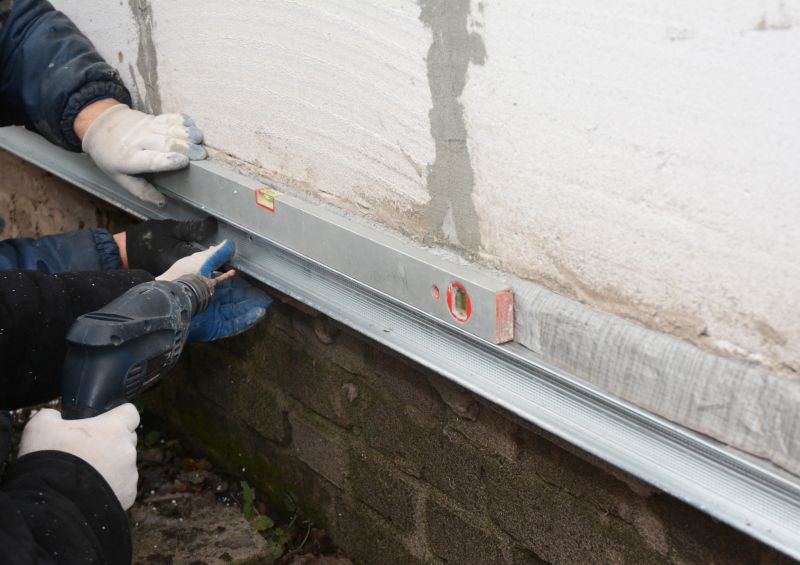
Springtime soil conditions are optimal for foundation stabilization work.

Performing repairs during early summer can prevent issues caused by soil drying.

Cooler fall months offer stable ground for foundation repairs.
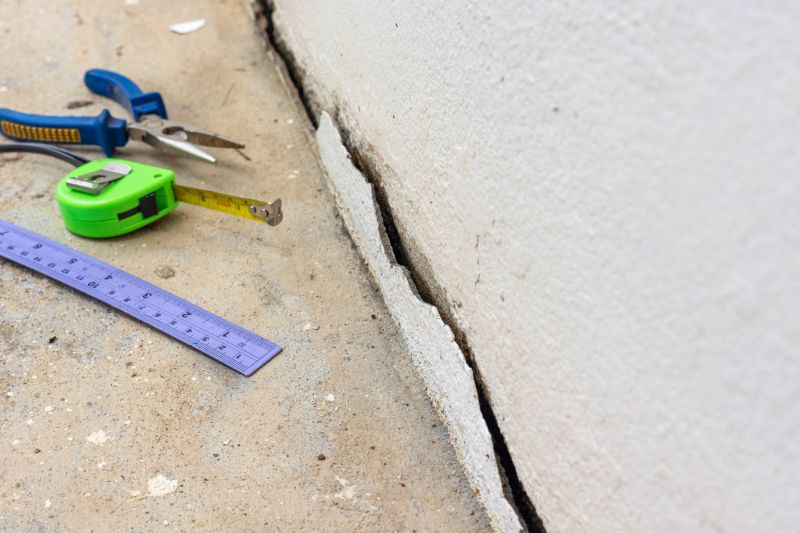
Ways to make Foundation Repairs work in tight or awkward layouts.
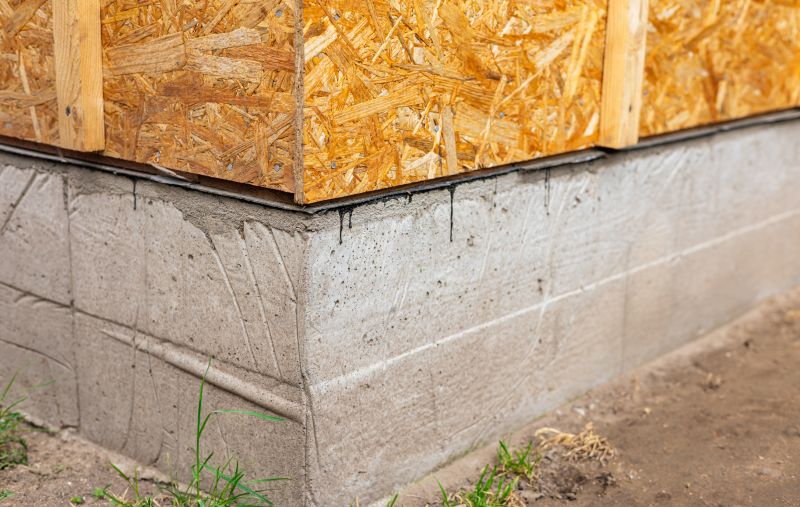
Popular materials for Foundation Repairs and why they hold up over time.
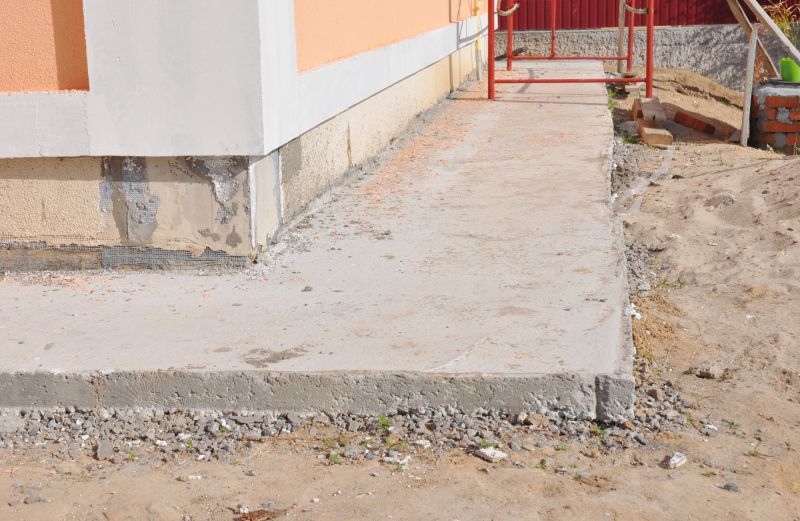
Simple add-ons that improve Foundation Repairs without blowing the budget.
| Season | Ideal Conditions |
|---|---|
| Spring | Moderate temperatures, moist soil, manageable soil shifts. |
| Summer | Cooler days, avoid extreme heat, soil is workable. |
| Fall | Cool temperatures, stable soil, less moisture fluctuation. |
| Winter | Frozen ground, weather hazards, limited access. |
Foundation repairs are critical for maintaining structural integrity and preventing further damage. Addressing issues promptly can save costs and extend the lifespan of a building. Soil conditions, weather patterns, and seasonal changes all influence the timing and success of repair projects. Properly scheduled repairs ensure that the foundation remains stable and resilient against shifting soils and environmental stresses.
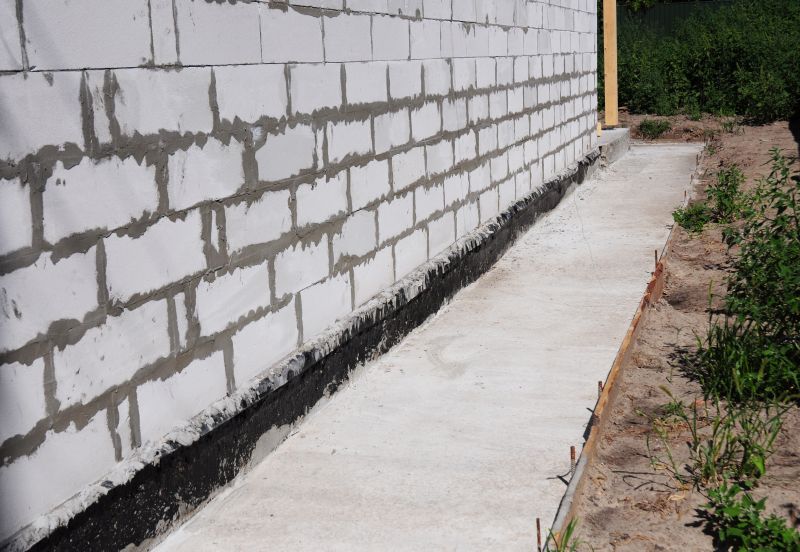
A visual overview of foundation stabilization techniques.
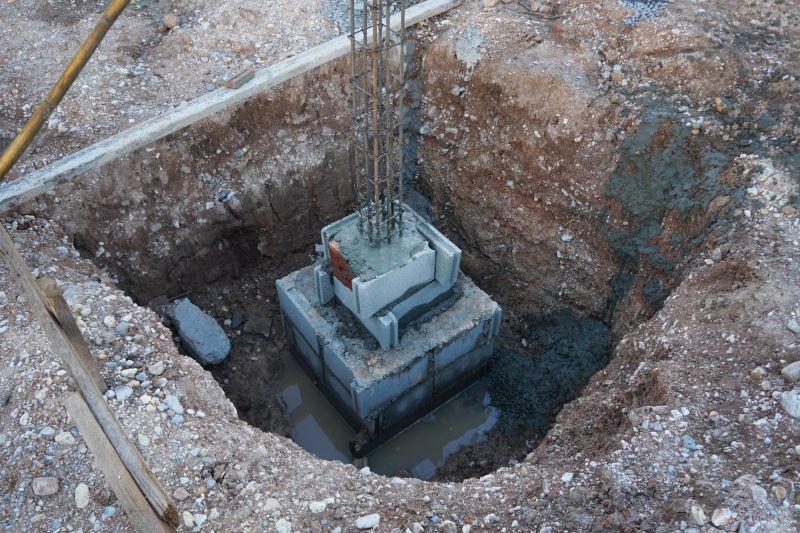
Methods used to improve soil stability before repairs.
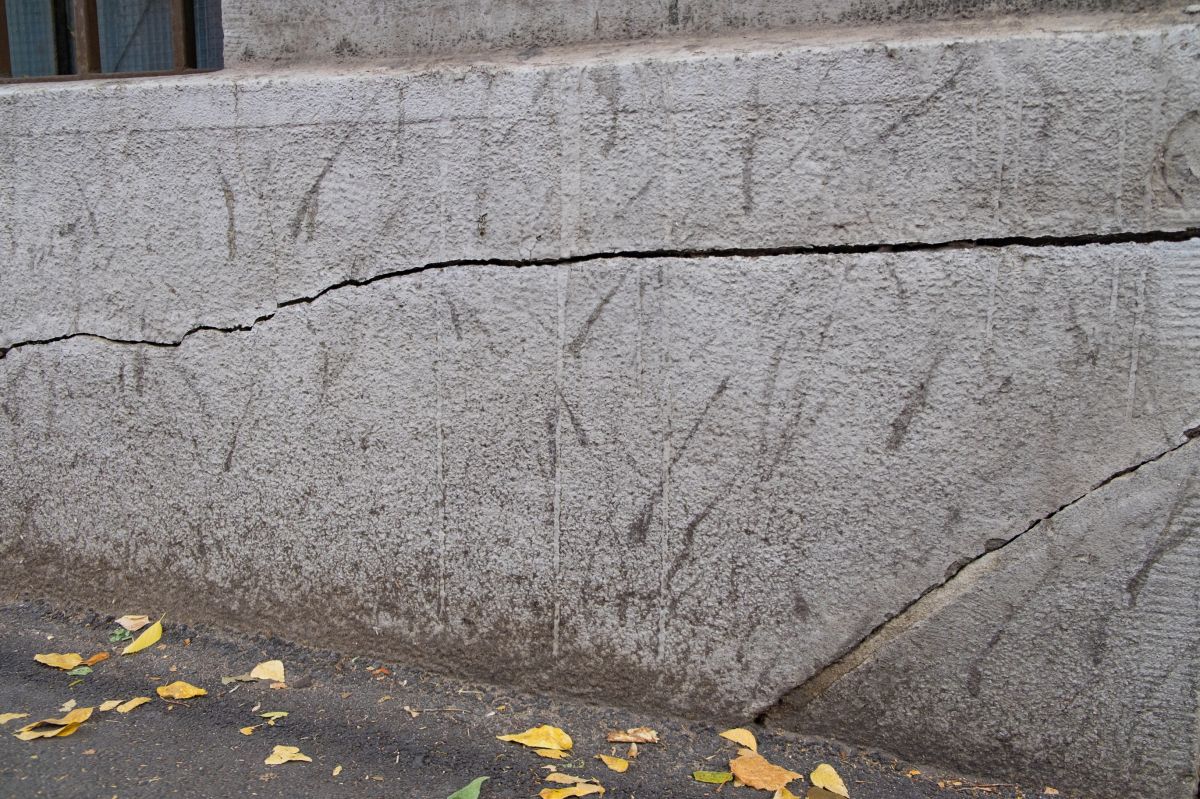
Common crack patterns indicating foundation issues.
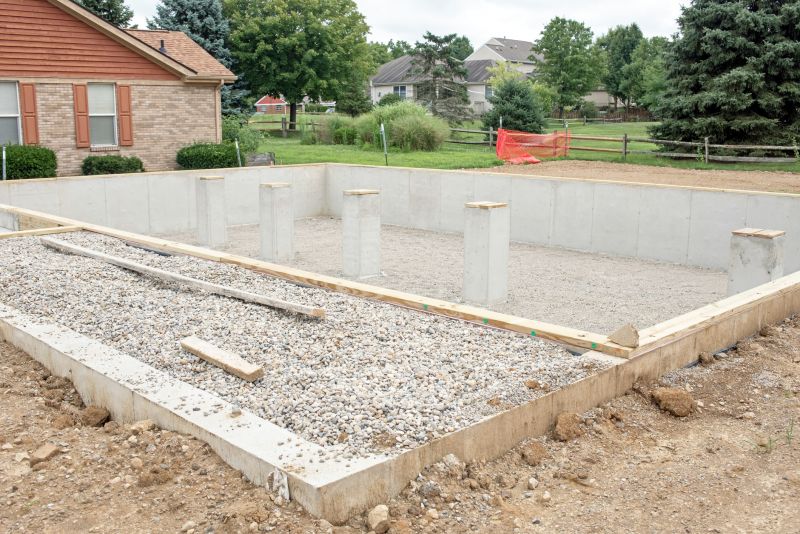
Support methods used to reinforce foundations.
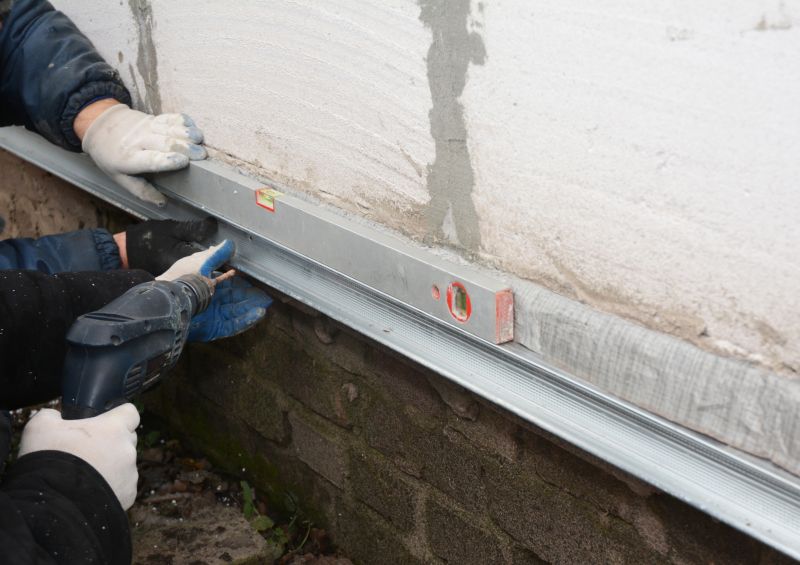
High-end options that actually feel worth it for Foundation Repairs.
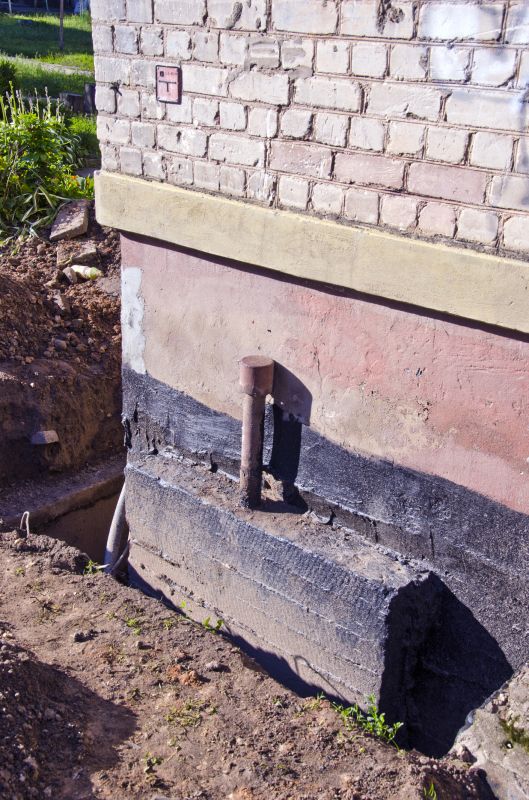
Finishes and colors that play nicely with Foundation Repairs.
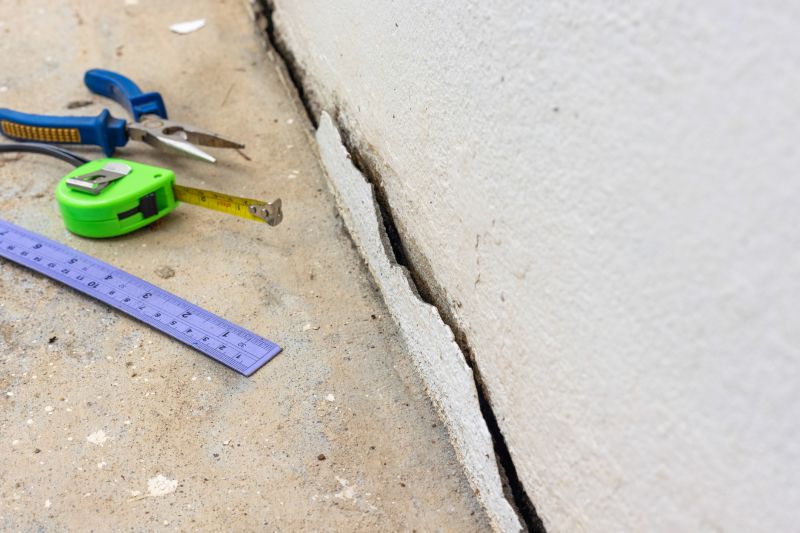
Little measurements that prevent headaches on Foundation Repairs day.
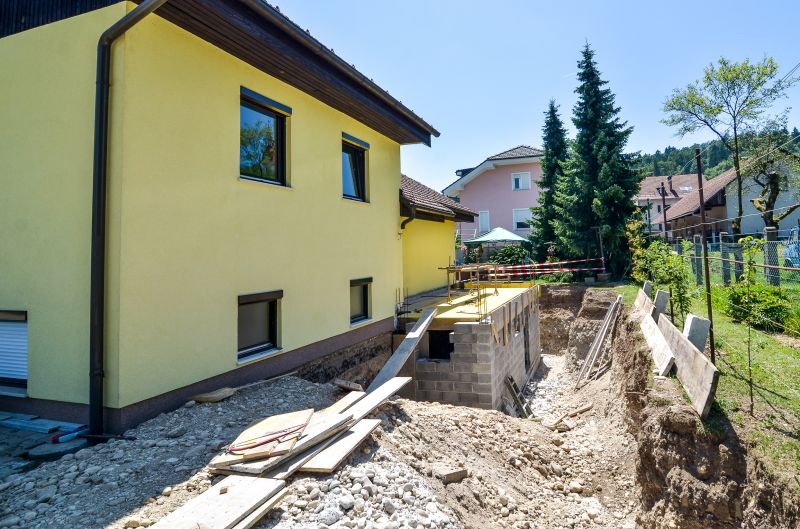
A 60-second routine that keeps Foundation Repairs looking new.
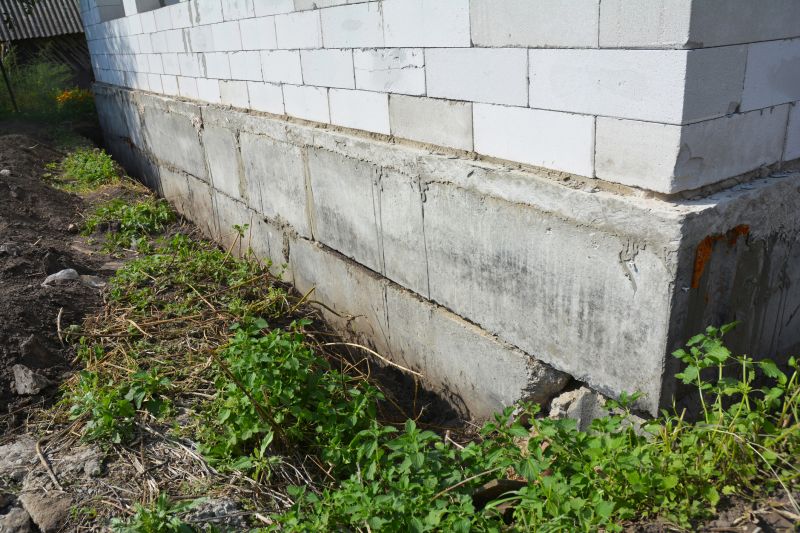
A frequent mistake in Foundation Repairs and how to dodge it.

Small tweaks to make Foundation Repairs safer and easier to use.
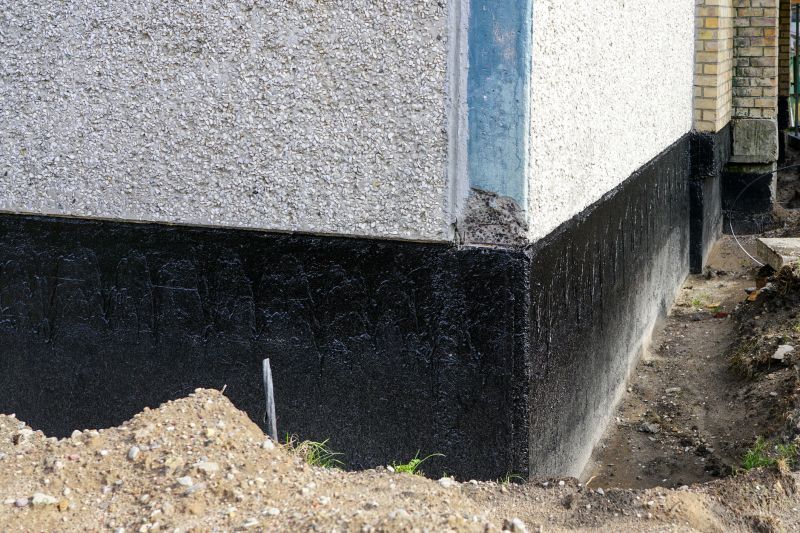
Lower-waste or water-saving choices for Foundation Repairs.

The short, realistic tool list for quality Foundation Repairs.
Understanding the optimal timing for foundation repairs can help homeowners and property managers plan effectively. Seasonal considerations, soil conditions, and weather patterns all play a role in ensuring that repairs are durable and effective. Consulting with foundation specialists can provide guidance tailored to local climate and soil conditions, ensuring repairs are performed at the most suitable time.
Interested in foundation repair services? Fill out the contact form for more information.

